Properties of Quadrilaterals Act.: Doctor Simulator
Objectives of the activity:
The Situation:


WHAT I KNOW...
PATIENT 1
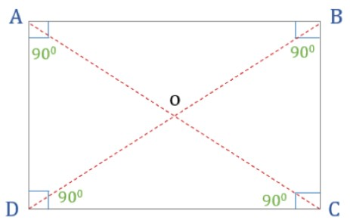
Type your observations below:
PATIENT 2
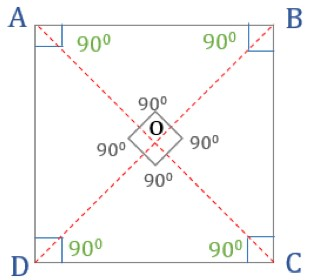
Type your observations below:
PATIENT 3
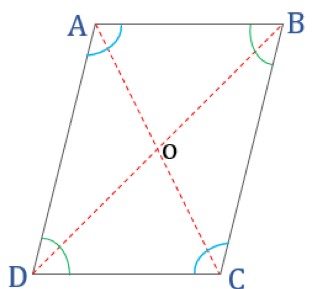
Type your observations below:
PATIENT 4
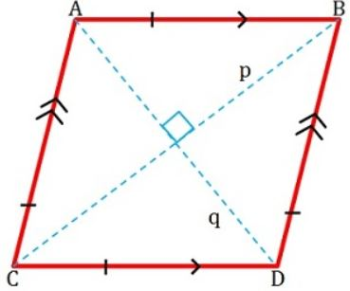
Type your observations below:
PATIENT 5
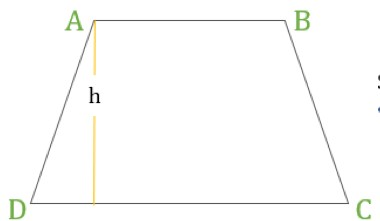
Type your observations below:
IN SUMMARY...
Are there any similarities between the figures? If so, what are these similarities?

IT'S GAME TIME!
TASK 1
What is the shape of the cure?
Discuss your process in manipulating the geoboard. How did you create the figure? Apart from the conditions you were given, what other properties can you observe?
TASK 2
What is the shape of the cure?
Discuss your process in manipulating the geoboard. How did you create the figure? Apart from the conditions you were given, what other properties can you observe?
TASK 3
What is the shape of the cure?
Discuss your process in manipulating the geoboard. How did you create the figure? Apart from the conditions you were given, what other properties can you observe?
TASK 4
What is the shape of the cure?
Discuss your process in manipulating the geoboard. How did you create the figure? Apart from the conditions you were given, what other properties can you observe?
TASK 5
What is the shape of the cure?
Discuss your process in manipulating the geoboard. How did you create the figure? Apart from the conditions you were given, what other properties can you observe?